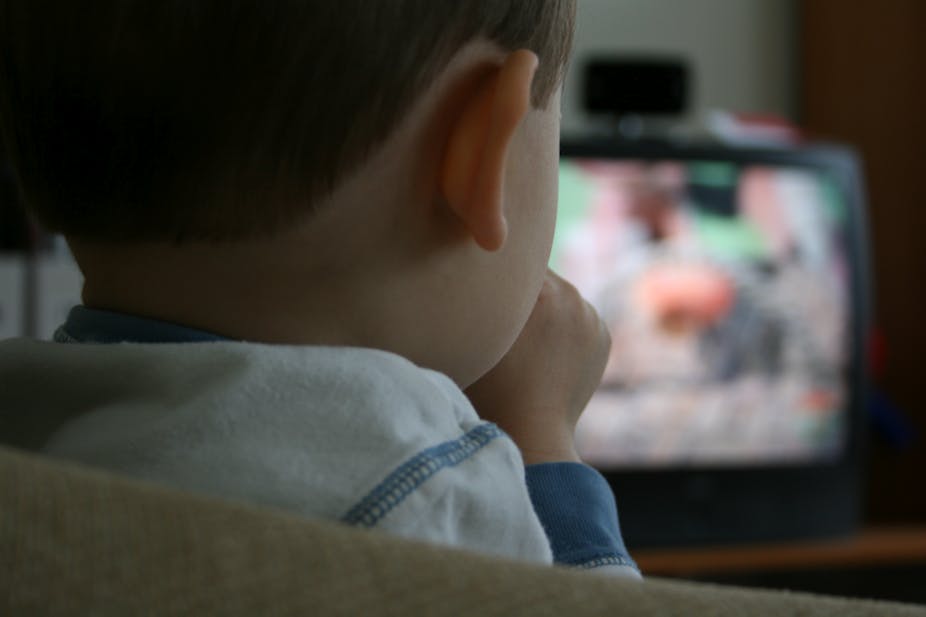It’s almost universally recommended that for optimal physical and mental health, children engage in 60 minutes of physical activity each day and limit the time they spend watching TV, playing computer games, and surfing the net on various devices.
In 2001, the American Academy of Paediatrics released guidelines recommending children under two years have no screen exposure and children over two should have no more than two hours for entertainment per day.
The Australian Department of Health followed suit, recommending no screen time for children under two, a maximum of one hour for children aged two to five years, and two hours for children aged five to 17.
The guidelines are based on past research suggesting that high levels of screen-based media use can impact on children’s physical and mental health outcomes
But while achieving the physical activity part of the recommendation is realistic, limiting screen use to two hours is becoming virtually impossible. After all, young Australians use screens for homework, social media and entertainment.
Level of screen use
Our research team surveyed more than 2,500 students across 25 Australian public and private schools to investigate how they use modern media devices.
We asked children from Years three, five, seven and nine (ages eight to 16 years) to indicate the number of hours they use screens to watch TV, play games, use social media and go online – from when they woke up until they went to bed, including before, during and after school.
The results revealed 47% of boys and 43% of girls in Year three exceeded the two hours screen time limit per day. The trend among older children is even higher: 70% of year nine boys and 92% of year nine girls exceeded the recommendations.
On average, Year three students had around three hours of screen time per day; by Year nine, this increased to four hours for boys and six hours for girls.
The most popular activities were watching TV (94%), listening to music or watching videos (92%), Googling (86%) and web research for school work (63%).
Boys were more likely to exceed the recommendation when playing computer games, while girls were more likely to do so through social networking, web use and watching TV, DVDs and movies.
Diversity of screens
The results challenge the currency of the recommended two-hour limit of screen time and whether children can meet it – or whether they should.

When the recommendations were first devised, the technology at the time was largely television and video games and the research in the area related to the typically sedentary nature of these activities.
Today, the technology available to a large number of children is diverse, mobile and always connected. Children have easy access to an enormous amount of content when it suits them. They can play multi-player online games and constantly be in contact with all their friends.
Children are also able to actively engage in the media through consumer devices that make recording, producing and publishing their own content easy.
So it’s unsurprising that children have found the nature of the online world alluring.
How do parents navigating this new world?
Available evidence suggests that the more time spent on screen-based activities, particularly television and video games above the current recommendations, the greater the association with adverse physical and mental health.
But the current recommendations on screen use do not account for the number and type of modern devices and how they have permeated every day life. Nor do they consider the potential benefits to screen use.
In the next stage of our research, we’re investigating the health consequences of modern screen use so we can devise modern screen time recommendations, based on age, that clearly differentiate content and how it is used.
In the meantime, you can limit your children’s screen time through household-based rules that suit your family. Also, try to understand more about their screen use, what they’re getting from it, and how they balance screen time and other activities.
Even if you’re not achieving the two hour limit, you are not failing your kids. If you are putting rules in place that limit their screen use and encouraging them to do physical activity, sit less and physically be with their friends, you’re doing all right.

